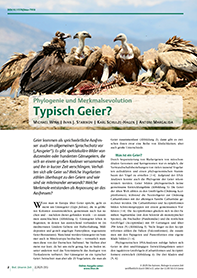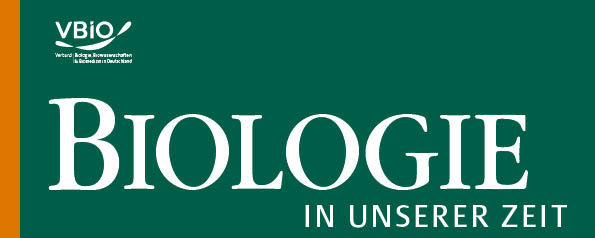Typical vulture? Phylogenetics and evolution of traits
DOI:
https://doi.org/10.11576/biuz-7918Keywords:
Geier, Aasfresser, Phylogenie, Konvergenz, Schönheit, Kosmetik, AdaptationAbstract
As more or less obligate scavengers, vultures are often regarded as a common group. However, phylogenetic studies show that the scavenging lifestyle occurs in three distinct evolutionary lineages [in New World Vultures (Cathartidae), Bearded and Egyptian Vultures (Gypaetinae) and Griffon and Cinereous Vultures (Aegypiinae)]. In particular, Gypaetinae show a number of characteristics (territoriality, eating bones and plant food, application of cosmetics) that are otherwise not found in vultures. While New World Vultures and Aegypiinae are obligate scavengers and correspond most likely to the functional phenotype “vulture”, Gypaetinae form a specialized evolutionary lineage in which the focus is on the utilization of carrion remains.


